Hi everybody! Right now there’s a pretty great free exhibit, “Power & Image: Royal & Aristocratic Tiaras,” going on at Sotheby’s London. Gathering together over 40 tiaras under one roof, the exhibit showcases spectacular designs from some of the biggest jewelry houses as well as historical and royal pieces. Tiaras from contemporary British designers are also included, and together they all present a wonderful capsule history of jewelry design over the centuries. I’ll pull out a couple of my favorites to highlight here, but definitely click the exhibit link to see the full collection.
I’ve got to mention the above tiara, which Prince Albert himself designed to match the emerald and diamond engagement ring he’d previously had made for his wife, Queen Victoria. Emerald was her birthstone, and Albert worked with the court jeweler Joseph Kitching to create this tiara, as well as a necklace, earrings, and a set of brooches. You can see them in Franz Xaver Winterhalter’s portrait “The Royal Family in 1846.” Those earrings must’ve weighed a TON.
On the other end of the design spectrum is this tourmaline and diamond tiara by Charles de Temple. Made in 1966, it features a textured, bi-colored gold design studded with diamonds and green tourmalines.
De Temple — who worked in London but literally grew up touring America with the circus — was known for his workmanship of gold. He often drew inspiration from nature but fused it with the influence of abstract art and Brutalism, and his work, along with that of designers like Andrew Grima and John Donald, emerged in the 1960s as the British Modernist style.
He’s also known for his work for Bond films — he made the wedding ring used in On Her Majesty’s Secret Service, as well as the bejeweled finger from Goldfinger. Click here to watch a fun short British Pathé video about De Temple from 1965.
I don’t particularly love the design of this one, but it’s had an interesting life. Known as the Westminster Halo Tiara, it was originally made by French jewelers Lacloche Frères in the early 1930s, and was designed for the Westminster family to incorporate three historical diamonds that had previously been owned by British royalty. Lacloche designed it in a halo style similar to that of a traditional Chinese headdress and added around 1,400 smaller diamonds alongside the three historical ones.
The tiara was later sold to Harry Winston in 1959 — at Sotheby’s for a world record £110,000 — and he promptly popped the three big diamonds out and set them in individual rings. (He replaced them in the tiara with arrangements of smaller diamonds.)
Decades later, the piece made its way back to Sotheby’s again, and it was sold in 1988 — but before then, it took an interesting little swerve.
In 1972, Salvador Dalí contacted 24-year-old shock rocker Alice Cooper’s manager to say he’d seen Cooper’s show and wanted to work with him. He had a plan in mind — with the help of artist Selwyn Lissack, he wanted to create some sort of holographic presentation of Cooper. Cooper said sure.
According to Another Man magazine, the start of the project was (of course) a trip:
Dalí, ever the showman, ensured that proceedings would still come with a surrealist glaze. On the first day, in front of the assembled press corps, a man in a bowler hat arrived on the set carrying a black attaché case. Inside were a diamond tiara and necklace supplied by world-famous jeweller Harry Winston, valued at $2m ($30m today). These were then presented to Cooper and Dalí on a red velvet pillow by a beautiful woman, as a thuggish-looking guard brandishing a machine gun looked on. Dalí then instructed Cooper to take his shirt off, put on the diamonds and sit cross-legged on a rotating dais. As Lissack began filming in the round, Cooper was asked to alternately sing into, and take bites out of, a Venus de Milo-shaped statuette resembling a shish kebab.
The “necklace” was the Westminster Halo Tiara. Cooper was thoroughly bemused:
“I wasn’t exactly sure what was going on,” admits Cooper with a chuckle. “Dalí was a character who was so mythical, you didn’t really want to say anything. For me, it was like meeting Elvis or The Beatles. It was obvious that he’d looked at me and seen what he wanted. All I did was say: ‘Tell me what you want me to do.’”
It’s a fun tale and one that Cooper clearly remembers fondly. Click through for the full story and a few photos of the rockstar in all his tiara-ed glory.
The Magnificent Jewels auction at Sotheby’s New York will take place on Thursday, and tbh there’s not a lot that’s blowing me away. But if you’ve been reading my nonsense for any amount of time, you’re probably well aware that I like weird old shit way more than any big honking diamond.
But still, I should at least acknowledge it. The big lot in this auction is the “Juno” diamond, an internally flawless pear-shaped diamond weighing 101.41 carats. It’s noteworthy because diamonds like this don’t show up that often — according to Sotheby’s, only twelve D color, flawless or internally flawless diamonds have sold at auction since 1990. It’s also a Type IIa, which means it contains no nitrogen, the element that causes a slight yellowish tint in diamonds.
The estimate is “upon request,” but considering the 103.49 carat “Light of Africa” diamond — another D color, flawless Type IIa — sold last week at Christie’s for $20.1 million, it’ll probably do pretty well.
There are also some really lovely colored stone pieces in this sale, including the gorgeous 12.54 carat cushion-shaped padparadscha sapphire and diamond ring above, and this 10.31 carat Paraiba tourmaline pendant. (I talked about the wonders of padparadscha a while back, in case you want to revisit.)
This wonderful 19th century “Saint Esprit” brooch is included in the Christie’s Jewels Online: The London Edit auction that’s closing on Thursday. The piece comes with two interchangeable tails, so it can be worn three different ways: no tail, small tail, big tail.
Pairing old- and rose-cut diamonds with bright accents of emeralds, sapphires, rubies, garnets and a baroque pearl drop, the piece is a wonderful example of a Saint Esprit brooch.
Saint Esprit jewelry depicts a dove descending from heaven as a representation of the Holy Spirit, and it first rose to popularity in France in the 1700s, with demand continuing into the 19th century. The doves often carry a sprig of greenery in their beaks — olive branch, forget-me-nots, etc. — and this one carries an additional baroque pearl drop. The bird itself is particularly large and three dimensional, and Christie’s did a fantastic job with the photography. They don’t often provide 12 photos of a single piece, but they did for this one, and it’s worth checking them out.
Austy Lee is a contemporary Hong Kong jewelry designer who is known for his use of color. The bracelet above — the design of which was inspired by Gothic architecture — features an electric combo of blues and greens in the form of 23 pear-shaped sapphires and five baguette and 26 sugarloaf emeralds. The five central plaques of the bracelet are lined with diamonds in various cuts, along with an interior touch of blue enamel. Lee also likes to use colored rhodium plating, and it’s not stated in the description but I believe that’s the source of the pale green hue on the outer frames of the plaques.
The bracelet is included in the Jewels and Jadeite auction at Phillips Hong Kong on June 23 and is estimated at $15,000-28,000.
This French ca. 1900 gold poodle pendant definitely qualifies for my Ridiculous Dog Faces in Jewelry series (which I’ve sadly neglected lately; sorry). Featuring a baroque pearl head, ruby tongue and sapphire eyes, he’s got poofy legs set with natural pearls and a ruby collar. Look at his butt!
He’s available from New York dealers A La Vieille Russie for a mere $28,000 (!).
A final note for my fellow Anglophiles and music fans: A collection of albums and memorabilia formerly belonging to John Peel — the legendary DJ and champion of emerging underground bands — goes on the block today at Bonhams London. Live In Session: Property From The John Peel Archive features a number of rare or autographed pressings from big names like David Bowie, John Lennon and Yoko Ono, and the Rolling Stones.
In addition to that, there’s a ton of other great stuff, including rare releases from a large array of bands including Joy Division, the Jam, Queen, etc., as well as posters, tickets and t-shirts. I personally would love to get my hands on this original demo cassette from the Smiths, with eight tracks — including their first single Hand in Glove — recorded at the Hacienda Club in Manchester in 1983. An accompanying letter from the band states “The Smiths are sinfully handsome. Please play this tape."1
That’s all for now, my friends. Thanks for spending some of your hard-earned spare time with me! If you would like to upgrade to a paid subscription, you’ll get access to my most recent post, which focused on four Victorian brothers who produced some of the most charming stoneware creatures of all time in the midst of an extremely chaotic pottery studio in London.
I hope you all have a good week! Feel free to drop me a reply to say hello.
Ciao ciao, M xx
Yes, I know Morrissey is a douche. Yes, I am conflicted. I still want to hear the tape.




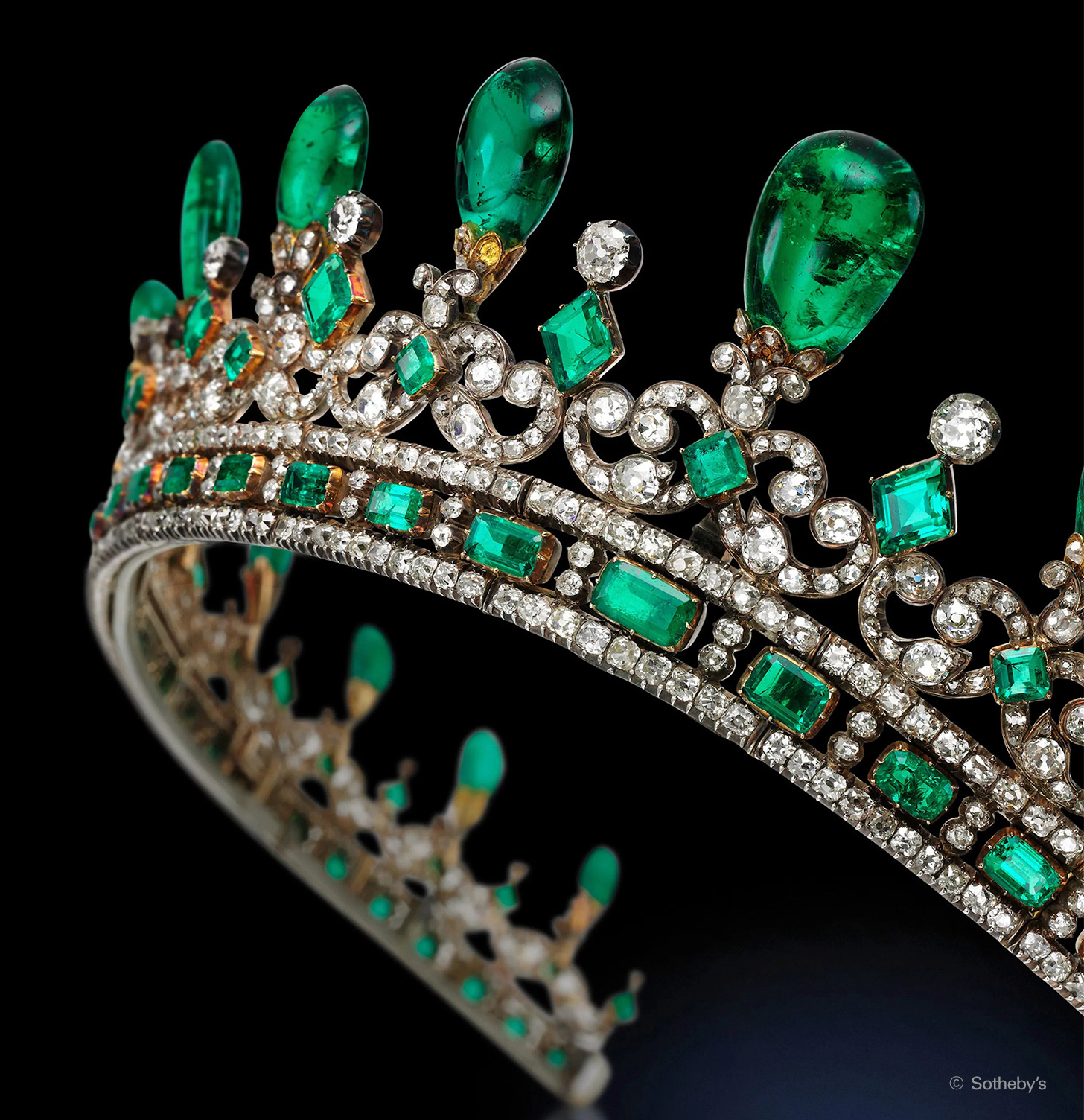

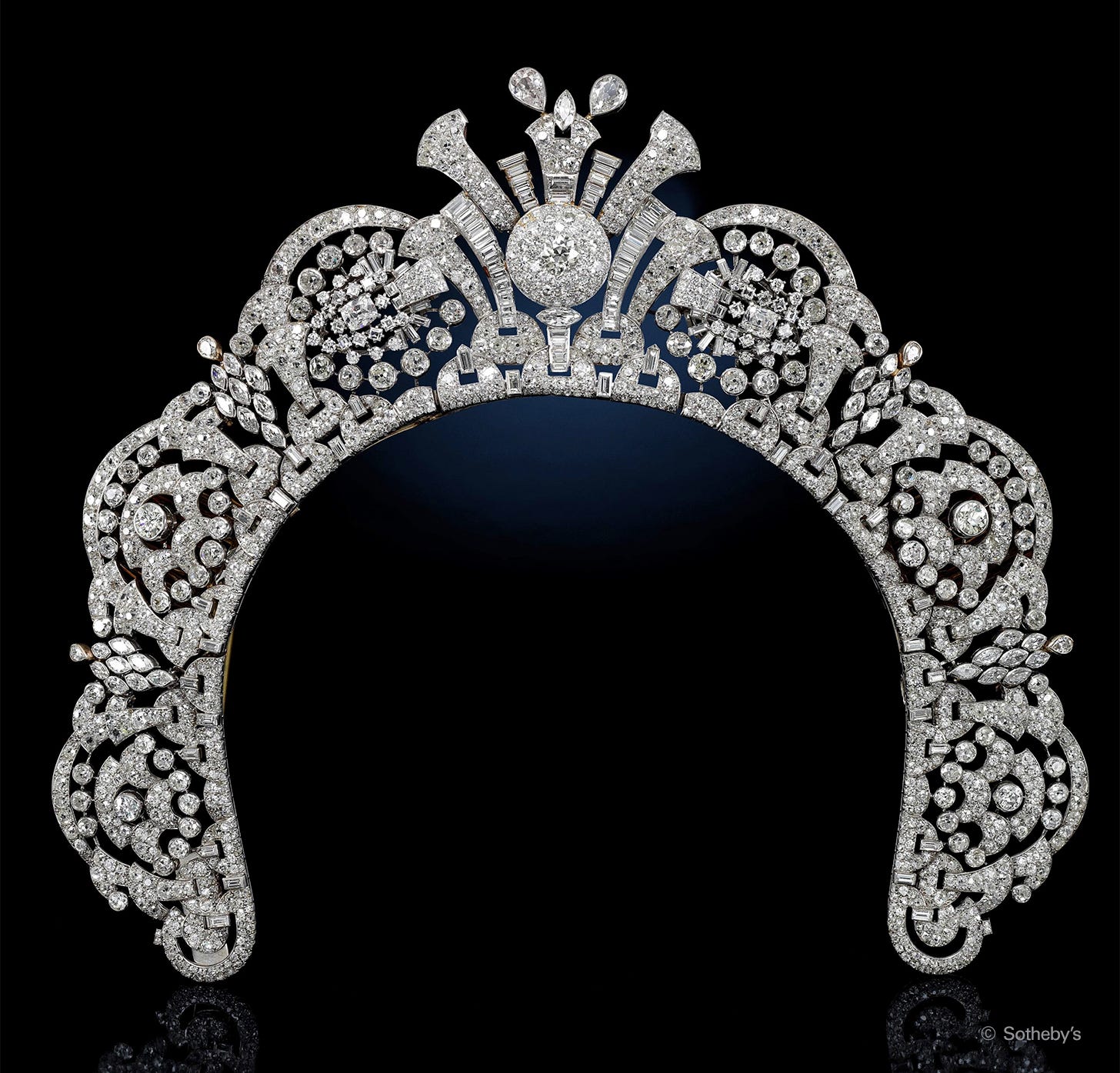



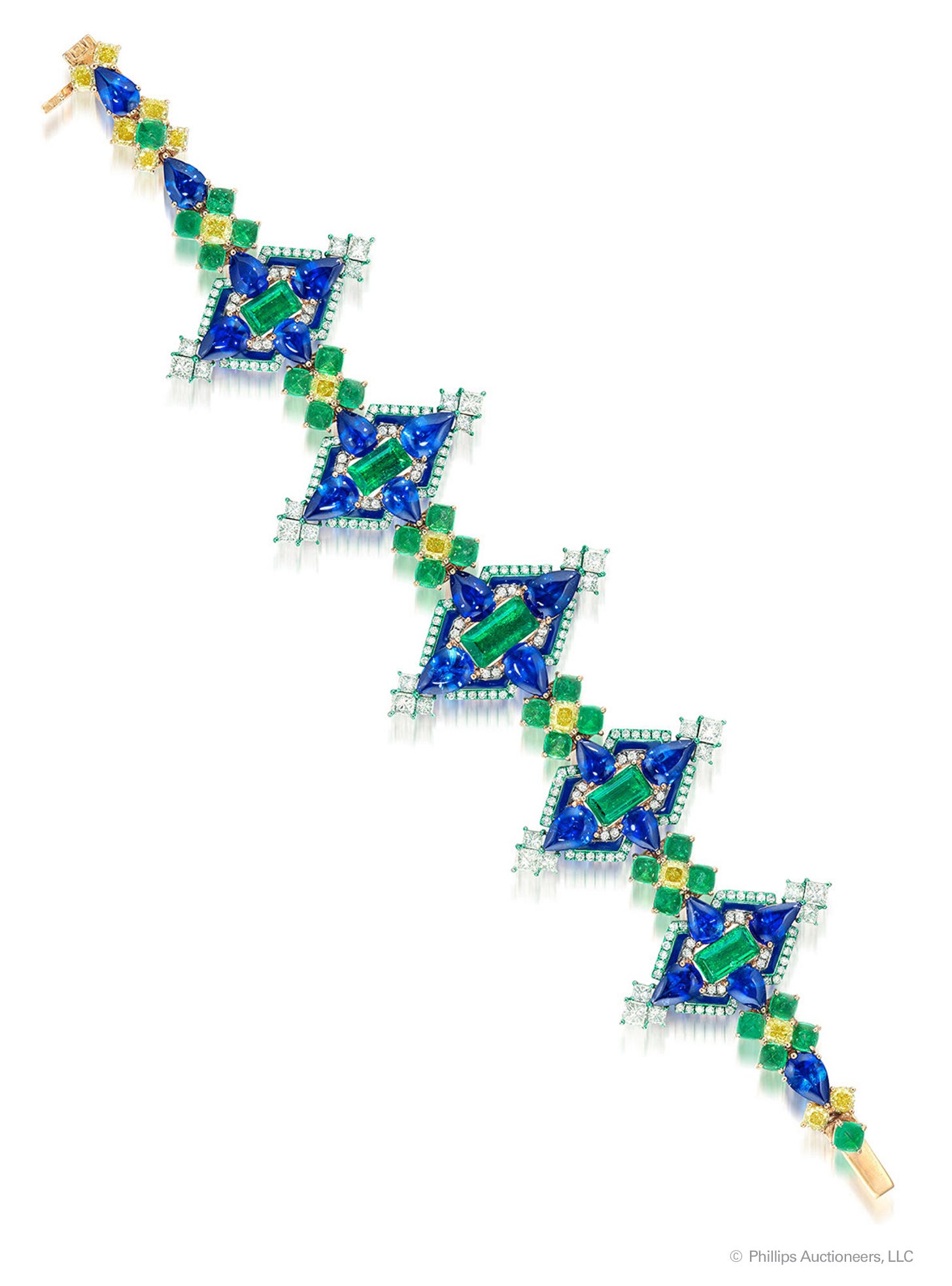
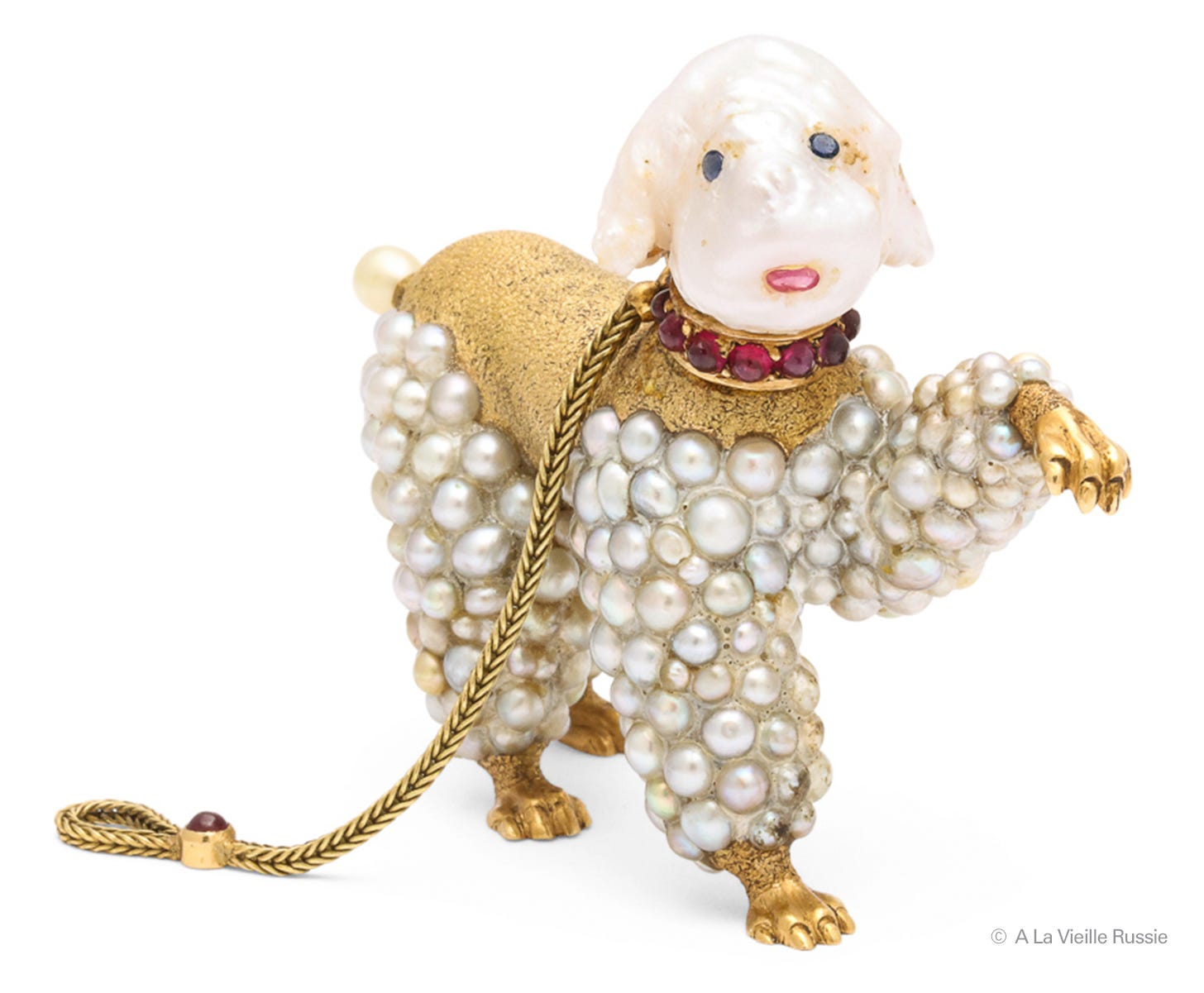
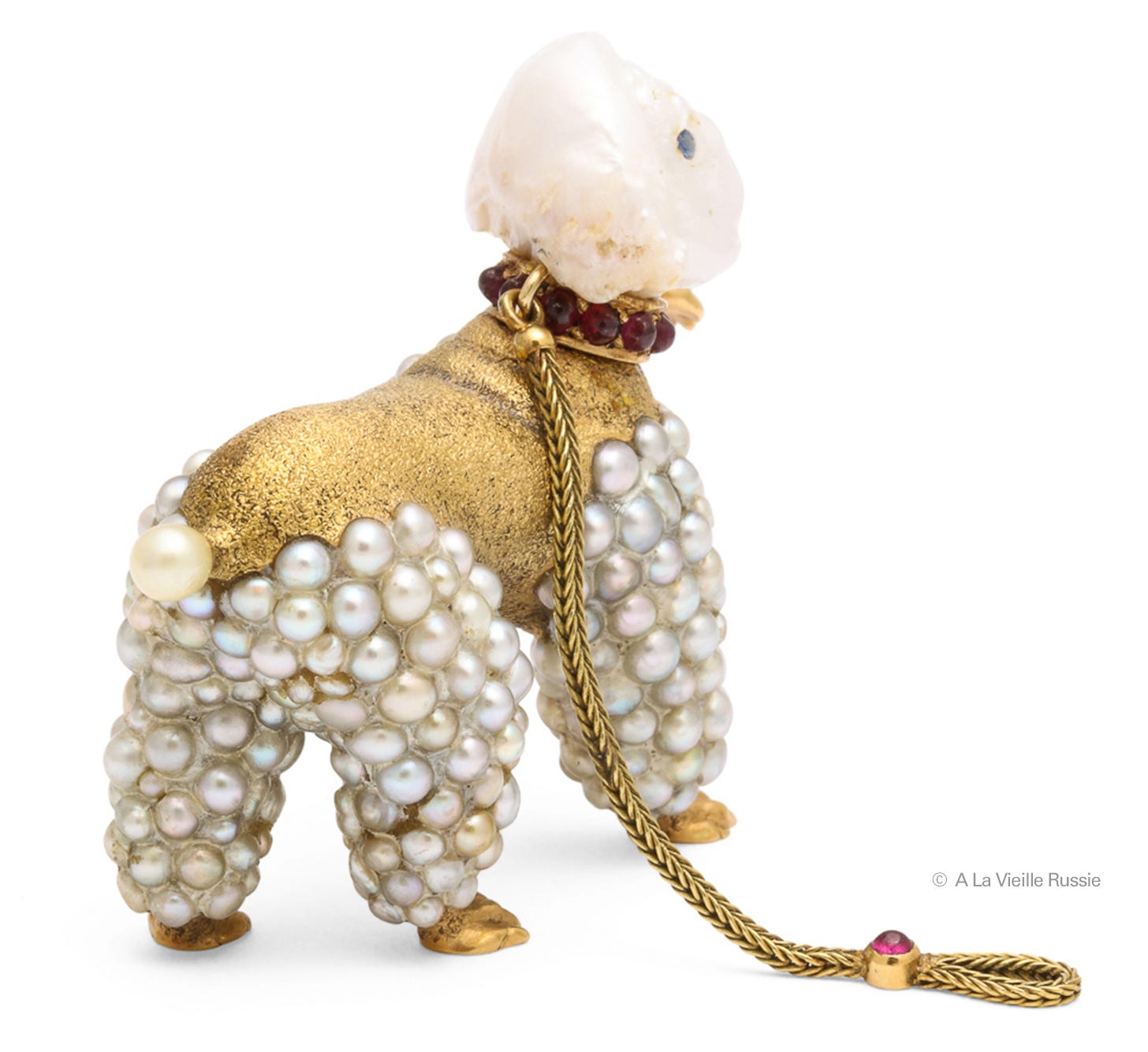
May I live as many “big tail” days as I can
Tiaras!!! Does anyone still make them/wear them?